#French Catholicism
Text
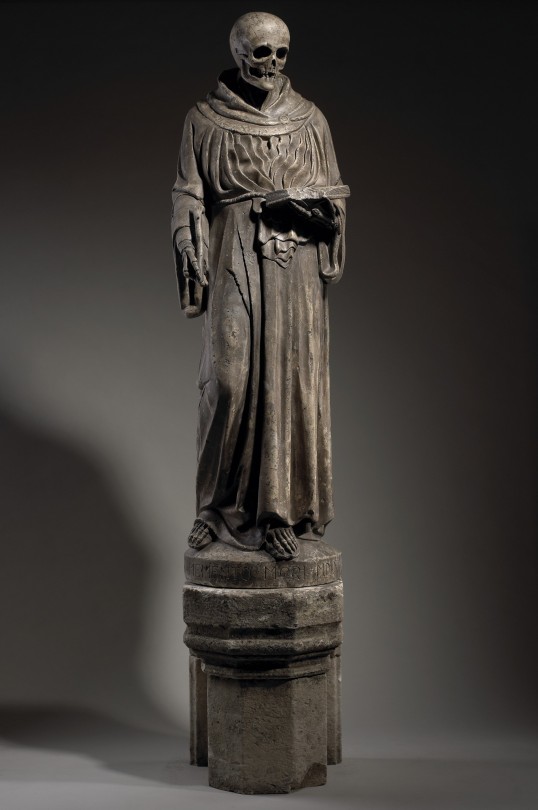

2K notes
·
View notes
Text

Sacred Heart with Doves, French Catholic Holy Card
#catholic#catholicism#catholique#french#french catholic#catholiscism#catholocism#lol the misspelled tags#christianity#christian#prayer#prayer card#holy cats#christian imagery#christian art#jesus christ#christian faith#christian quotes#christian living#jesus#faith in jesus#jesus loves you#virgin mary#catholic art#catholic aesthetic#catholic academia#christian aesthetic#i’m not a christian blog sorry#these tags are for reach#sacred heart
380 notes
·
View notes
Note
Feel free to ignore this if it doesn't spark your interest but worth a shot. Can I ask what breed of dog Jesus was in your dog world?
I think dog Jesus predates most of today's dog breeds. Realistically he'd probably be some kind of mutt, probably with vaguely Canaan dog looks. But European depictions of Jesus have always been very localized, and I tend to think that in Medieval, Renaissance and Baroque art he'd usually appear as a Spaniel of sorts, although it varies from piece to piece. Gun dogs more often than not.
#every society adapts their idea of Christ to fit their needs and culture to some degree right#so maybe in France he's represented by a French breed of dog and in Sweden a Swedish breed and so on#because Jesus is typically depicted as noble and handsome they would end up choosing breeds that have prestige and high status#over those that aren't viewed as favorably#so ironically very few rustic shepherd Jesuses#does that sound sensible?#yes I know#but this is in fact a thing I have to consider for world building purposes#can't have dog Catholicism without dog Jesus#answered#anonymous
434 notes
·
View notes
Text
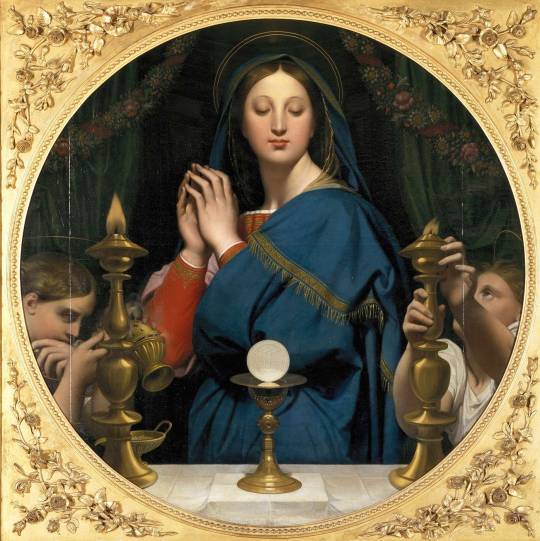
Virgin Adoring the Eucharist, Jean Auguste Dominique Ingres (1854)
#Jesus#mary#Eucharist#Catholic#god#art#painting#jean auguste dominique ingres#French#French art#catholicism
881 notes
·
View notes
Photo
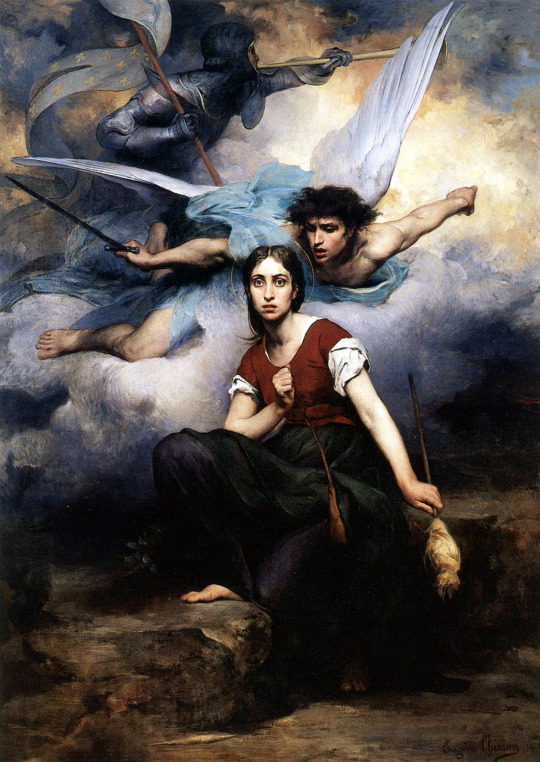
Eugène Romain Thirion (French, 1839–1910)
Joan of Arc listening to the voices, 1876
#Eugène Romain Thirion#christian#french#catholicism#france#art#christianity#joan of arc#Christendom#joan of arc listening to the voices#catholic#fine art#angel#angels#europe#european art#oil painting
3K notes
·
View notes
Text

St. Peter, holding a key and a printed book. Tondo, executed in stained glass (white glass, grisaille [gray monochrome], and silver sulfide) and lead by an unknown French artist, ca. 1500-1510. Now in the Musée national du Moyen Âge, Paris.
#art#art history#Middle Ages#medieval#medieval art#religious art#Christian art#Christianity#Catholicism#St. Peter#Saint Peter#tondo#stained glass#French art#16th century art#Musée national du Moyen Âge
96 notes
·
View notes
Text



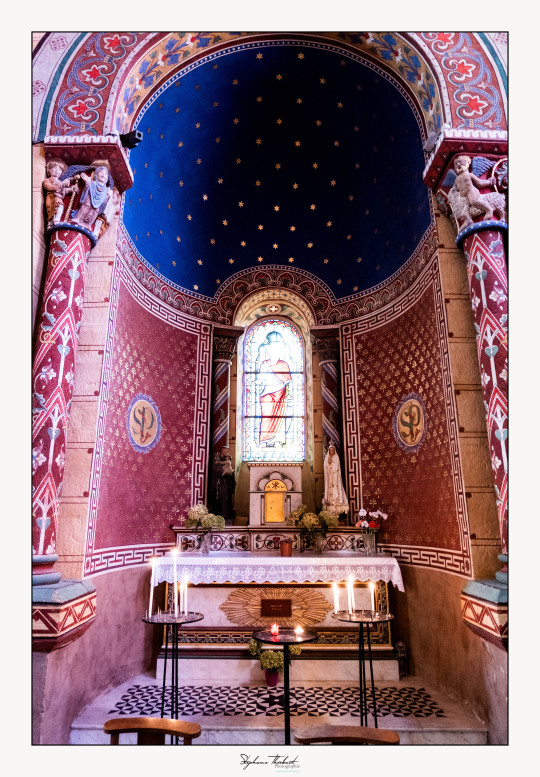



Photos originales par Steph-Photo
En ce jour de Pâques, j'ai le plaisir de vous partager un lieu marquant visité en août 2023: L'abbatiale Saint-Austremoine à Issoire en Auvergne.
#issoire#original photographers#steph photo#original post#french photographer#france#photographers on tumblr#église#church#pâques#easter#religion#catholicism#christians#christianity#catholic#auvergne#tourisme#fujifilm#architecture
24 notes
·
View notes
Text

Latest ink painting of St. Joan, please enjoy!
#catholic#catholicism#roman catholic#catholic art#catholic saints#art#saint joan#st joan of arc#saint joan of arc#sainte jeanne darc#ste Jeanne d’arc#st jeanne darc#Sainte Jeanne d’arc#French saint
32 notes
·
View notes
Text
Holy Dogs— Catholic Folk Saints
catholicism has an insanely diverse history and culture. with more than 1 billion adherents across the world, there’s bound to be variance in worship and commemoration. one of the best examples of this is catholic folk saints.
simply put, folk saints are saints of the people. they are holy figures who are honored as patrons by a local population, but not officially canonized in the vatican.
some are legends. some were old gods from polytheistic religions. some were real people. and some, believe it or not, were dogs.
that’s right! a good boy can sometimes be so good, they’re saintly.

St. Guinefort of Lyon
feast day— august 22nd
patronage— infants
st. guinefort was a greyhound who was said to live in 13th-century france. according to legend, guinefort was a loyal companion for a knight who lived near the city of lyon. one day, the knight went out to hunt. he left his infant son at his house, under the watchful eye of guinefort. when the knight returned, he found the infant’s room in chaos— the cradle was overturned and blankets were torn. the son was nowhere to be seen, and guinefort was sitting in the corner with bloody jaws.
under the belief that his son was eaten by guinefort, the knight drew his sword and killed the dog. only then did he hear his son crying. turning over the cradle, the knight realized his son was alive and well. lying next to him was the body of a viper, covered in dog bites. guinefort had killed the snake to protect the infant, making a mess of the nursery in the process.
the knight, grieving his mistake, took guinefort’s body and dropped it down a well. he constructed a shrine out of the well to honor him. when the townsfolk heard of the dog’s martyrdom, he was venerated as a patron of infants. mothers would often visit his shrine if their children were sick, praying for his protection.

Negro Matapacos (Black Cop-Killer)
feast day— august 26th
patronage— protestors, street dogs
negro matapacos was a stray dog who lived in the streets of santiago, chile. he would most notably hang around university campuses. he didn’t technically have an owner, but he was cared for by a woman named maría campos. she would feed him and give him a place to sleep. every morning before he left, she would tie a red handkerchief around his neck and bless him.
from 2011 to 2013, nationwide student protests rocked the country. as the demonstrations persisted, police began to turn to violent forms of crowd control. to the student’s surprise, there was soon a stray black dog protesting alongside them. he would lash out aggressively at approaching police, but was kind and protective towards the civilian protestors.
he soon earned the name negro matapacos, which translates to “black cop-killer” in english. it was a title that reflected his job perfectly.
during his participation in the protests, he showed absolute resilience against police violence. he would accompany protestors into tear gas, and even endured getting hit with water cannons. as the protesting continued, matapacos never retreated.
remarkably, he survived the demonstrations. the black dog gained media attention, and was honored as a hero and revolutionary icon. matapacos went on to live a happy life. he died on august 26th, 2017, attended by his caregiver and vet staff. according to various sources, the canine sired 32 pups before his death.
in 2019, protesting once again erupted in chile. although matapacos was not able to be there, he certainly was in spirit. his image was drawn on countless signs, and he was the subject of street art by revolutionary artists. he was a patron saint for the working class of chile, and is honored as such to this day.
#the goodest boy#negro matapacos#exvangelical#ex catholic#ex christian#catholic witch#apostate#catholic guilt#santiago chile#chile protests#religious trauma#catholic paganism#saint guinefort#leftism#french history#lyon france#catholic witchcraft#folk saints#folk catholicism#progressive politics#catholic history#christian spirituality
525 notes
·
View notes
Text



The Vision and Inspiration (Joan of Arc series: I), c. 1907-early 1909 by Louis-Maurice Boutet de Monvel, from the National Gallery of Art
#art#art history#jeanne d'arc#joan of arc#museums#oil painting#oil paintings#corcoran#orleans#france#french artists#french art#history#national gallery#national gallery of art#nga#museum#gold leaf#oil#me culturally appropriating catholicism because it’s sexy
47 notes
·
View notes
Text
April 3rd 2024
Entry #022
Laicity Law
Being Gen Z and religious in Québec (Canada) is a really strange experience.
(Incoming VERY long ramble about the experience of being Catholic under the Laicity Law.)
In 2019, Québec installed the Laicity Law ("Loi de la laïcitié de l'État"), which stipulates that any authority working for the State cannot show publicly any signs of their religious beliefs. For example, teachers (even private schools), State bankers, State attorneys, etc. can't wear any religious clothing or jewelry. If I were to be working in a museum, I'd have to hide my Rosary necklace under my shirts. It doesn't apply to students or the general public.
Being Gen Z and growing up with the mindset of loving everyone for who they are made me very reticent to the law in 2019, especially as I saw my Muslim friends being stressed out over this. Just this February, a group of people contested the law in court (which was denied). My feelings to that law changed a bit over time, though, especially with that mental exercise:
If I imagine any non-Catholic teacher coming up to school with religious clothing, I'd be okay.
If I imagine a Catholic nun teaching me with their full habit, I'd feel weird.
And it's a common observation amongst the younger Québécois (anecdotal, not proven).
The thing is, that law was made specifically due to the national trauma that we suffered under Catholicism. My parents grew up raised by nuns who would slap their wrists with a ruler, especially my mother as she is left-handed. My grand-parents are from the orphanage generation, the Duplessis Orphans, in which the Cardinal on Montréal signed a treaty with the president to intern all orphans into psychiatric institutions where they were basically enslaved and sexually abused continuously.
And so, of course I feel weird about being taught by an openly presenting Catholic, it's generational trauma! But it wouldn't be fair to just ban Catholics, and we don't want all that trauma to ever happen again... so the Laicity Law applies to every religion.
It's a bummer of a law, though I feel very sympathetic as to why it was put in place.
#journal du lys#christianity#catholic#catholicism#lapsed catholic#christian#québec#québécois#quebec#quebecer#duplessis#duplessis orphans#religious trauma#catholic guilt#french canadian
12 notes
·
View notes
Text


There was a quotation from Simone de Beauvoir that I read in the paper only the other day… You may agree with those words or not, but those are the key spring of The Lord of the Rings.
J. R. R. Tolkien, 1968
Tolkien is talking about Original Sin in which death ("the wages of sin is death" as Paul would put it in the gospels) was never part of the original design of God before the Fall. De Beauvoir unwittingly makes the point for Tolkien. Had she known she might have choked on her coffee in Café de Flore.
#tolkien#jrr tolkien#quote#simone de beauvoir#de beauvoir#inspiration#death#books#lord of the rings#literature#original sin#catholicism#christology#theology#french existentialist
50 notes
·
View notes
Text

Eavesdropping, 1895
Adolphe Henri Laissement
#genre painting#french painter#adolphe henri laissement#painting#1890s#catholicism#catholic imagery#cardinals
40 notes
·
View notes
Text
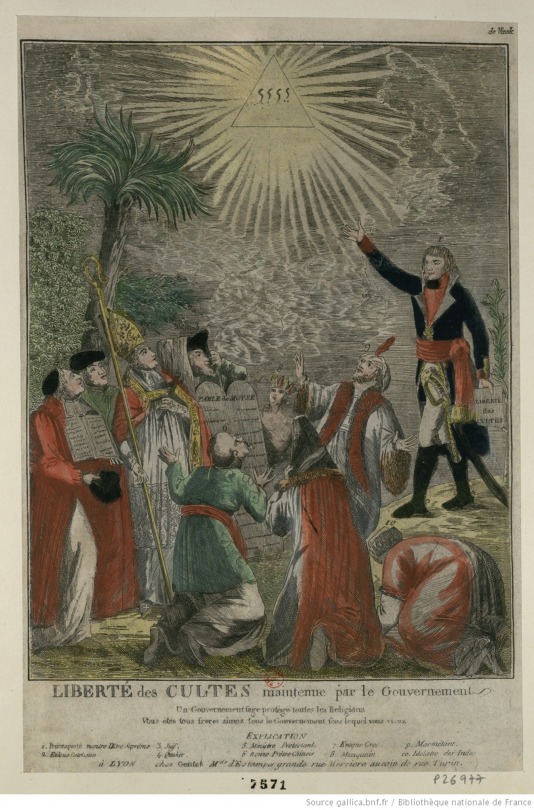



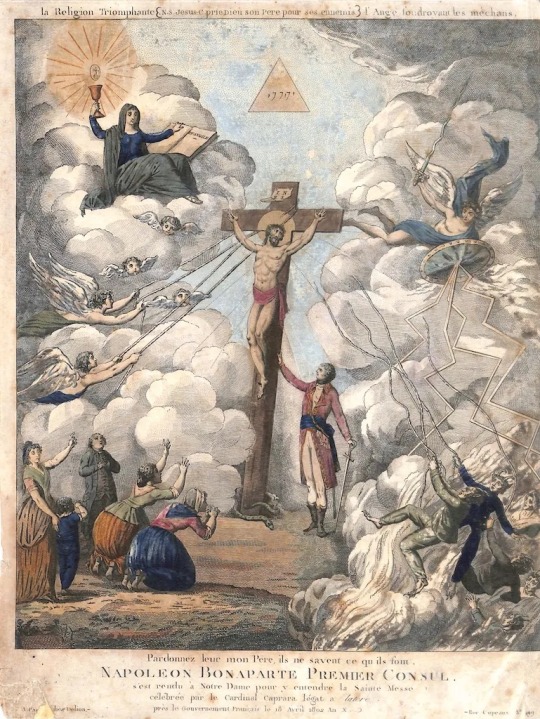
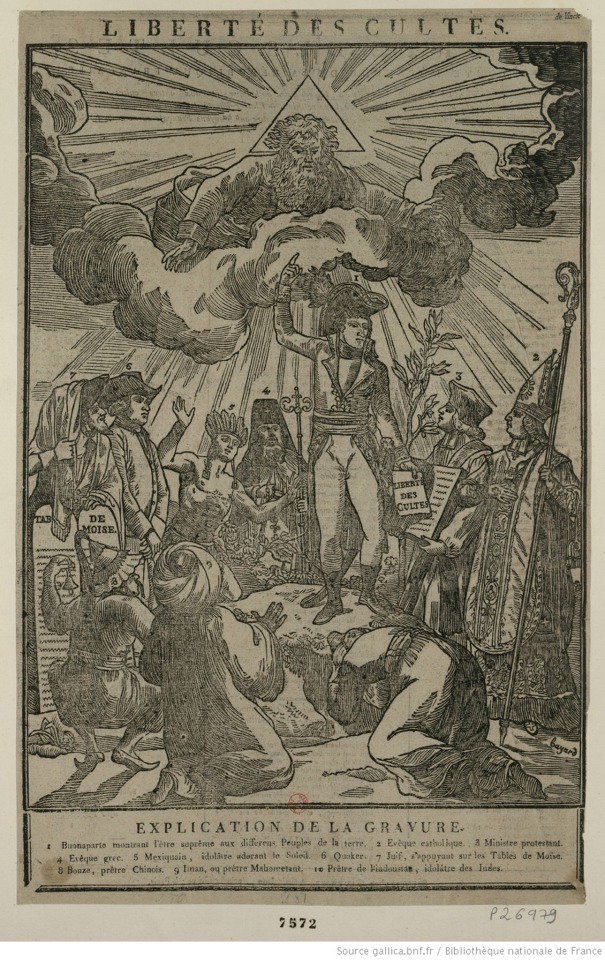


Some Napoleonic era prints about the Concordat and freedom of religion
#Liberté des cultes#concordat#Napoleon#napoleon bonaparte#napoleonic era#napoleonic#prints#posters#print#first french empire#french empire#1800s#19th century#french revolution#frev#freedom of religion#history#france#Catholicism#christianity#the concordat#art#religion#religious art#french history
21 notes
·
View notes
Text
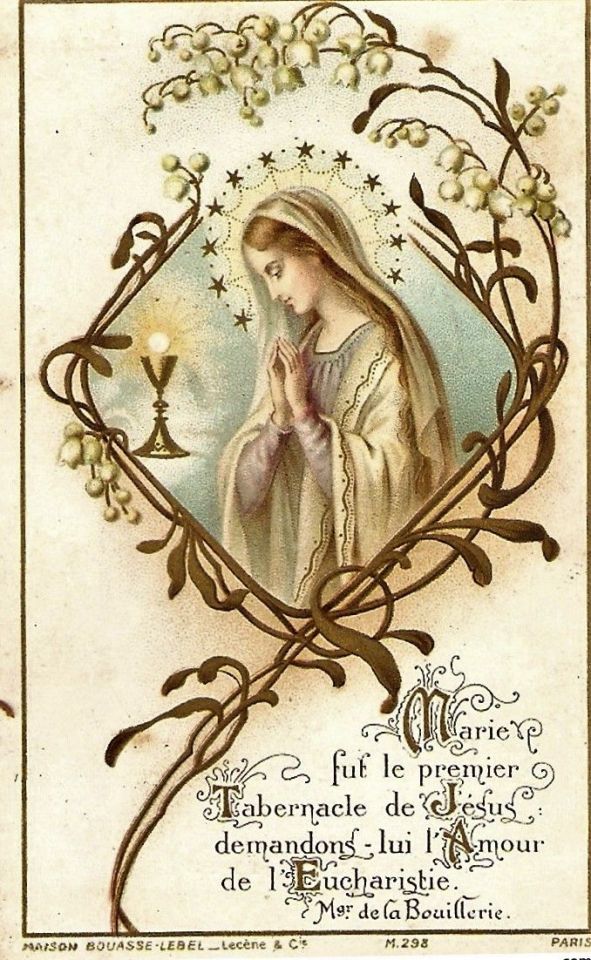
#catholicism#roman catholic#catholic#blessed mother mary#virgin mary#prayer in french#catholic church#traditional catholicism
9 notes
·
View notes
Text

Christ is Truly One With Us, By His Flesh and Blood, and Also One With God, by Elizabeth Wang.
Eternal Truth united with us to reunite us with It.
vérité éternelle . . . ne s'est unie avec nous . . . pour nous réunir avec elle.
Nicolas Malebranche, Conclusion of Book VI of The Search After Truth
#Catholicism#Christianity#Jesus Christ#Logos#Truth#Incarnation#Eucharist#Christ the High Priest#Mass#French#Nicolas Malebranche#theosis#admirabile commercium
6 notes
·
View notes